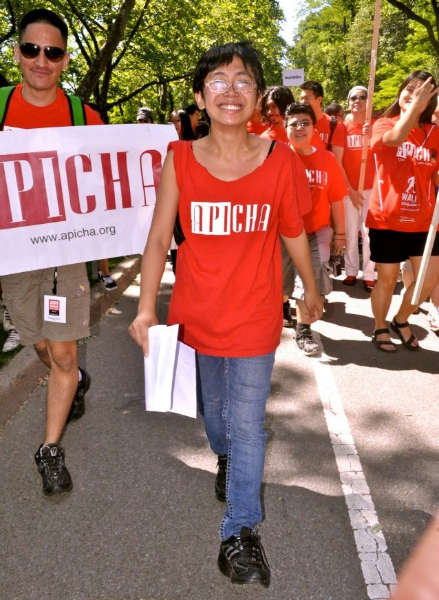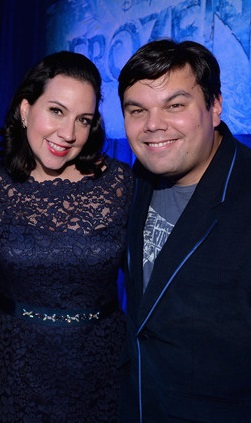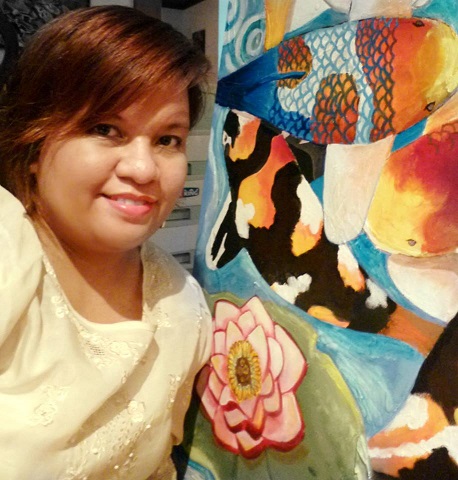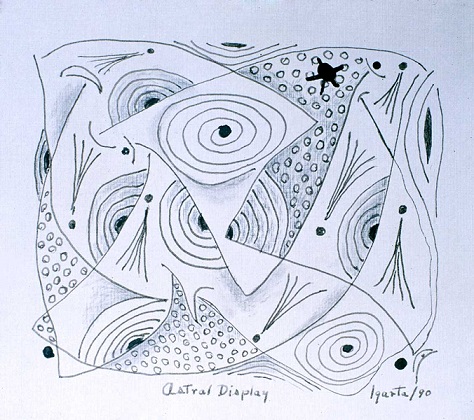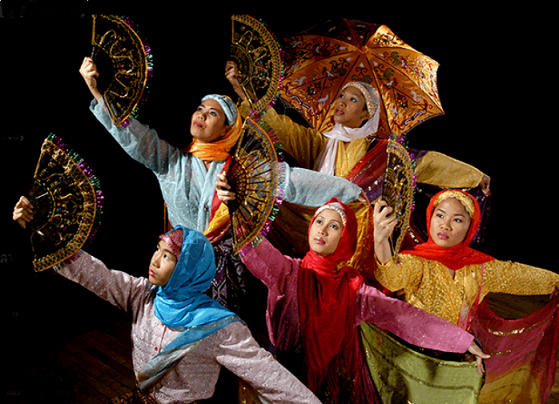Kinding Sindaw presents Maranao epic in dramatic storytelling
“Pagbabalik: Tracing the Path Home” by Kinding Sindaw, the New York-based southern Philippine performance troupe, entwines a contemporary story of the modern Philippines with a dramatic adaptation of the third chapter of the epic Derangen.The Derangen is a Mindanao epic shared by the Maranao, Maguindanao and Iranun tribes of the southern Philippines which celebrates episodes from regional history and stories of the tribulations of mythical heroes. This splendorous new work of dance theater is conceived and directed by Potri Ranka Manis, the daughter of a Sultan of the Maranao people of Mindanao.
La MaMa E.T.C. will present the piece April 24 to 27 in its Ellen Stewart Theatre, 66 East Fourth Street.
Contemporary Filipinos, both natives of the country and its expatriates, are familiar with the tug of war between the region’s verdant past and the forces of modernization which are encroaching steadily on the land and its inhabitants. People have been widely displaced from ancestral lands by foreign corporations who manipulate local conflicts.
In “Pagbabalik: Tracing the Path Home,” this process is expressed metaphorically by a Sorceress turning an old Sultan into stone in order to usurp his throne and install her adopted brother to become the new King. Their battle morphs into a mythical battle between the generous royal family of Bembaran and the sorceress Pirimbang of Dinalima o Rogong that is set out in the third chapter of the Maranao epic, the Darangen.
The Darangen Epic of the Maranao People was declared by UNESCO in 2005 to be a Masterpiece of the oral and Intangible Heritage of Humanity.
The dances of “Pagbabalik” are from the Maranao and Iranun tribes in Mindanao, each of whom has its own style of dance. While both copy the movements of nature, particularly the movements of water, Maranao dances reflect the serenity of the lake, with gentle waving and hand work, whereas Iranun dances convey the movements of the ocean with buoyant, up-and-down movements. Both forms use fans and scarves to enhance their storytelling, whose medium is the chant.
Instruments of musical accompaniment include the Kulintang (graduated brass gongs), Dabakan (drum), Sarunay (miniature Kulintang), Agong (gong), Babandir (Metronome), Gandingan (talking gongs), and Kubing (jew’s harp).
The Maranao dances are choreographed by Potri Ranka Manis and the Iranun dances by Nodiah Biruar. Silat martial arts, with their graceful movements, are choreographed by Guro Frank Ortega. Silat is an ancient Malayu martial arts form that is shared among Malaysia, Indonesia and the Philippines. In the Philippines, it is also known as Kali.
The wardrobes of the piece are authentic to the region, being woven by people from the tribes represented. Kinding Sindaw commissions them directly from the weavers in order to advocate for the continuity of the weaving and to inspire the craftspeople to continue in this art.
Artistic Director Potri Ranka Manis was trained since childhood in the traditional dance, music and martial art forms of her people and of other Philippine indigenous groups. As a child, she accompanied her father to gatherings with other tribes. At these festivities, she learned numerous social dances, mostly from other children. She now lives and works in New York, carrying with her a rich wealth of cultural experience from traditions that, she said, are
now facing extinction.

